A protocol that provides structure for collaboratively examining documentation that includes student’s products and processes and offers an opportunity for educators and learners to reflect back and plan for next steps.

A protocol that provides structure for collaboratively examining documentation that includes student’s products and processes and offers an opportunity for educators and learners to reflect back and plan for next steps.

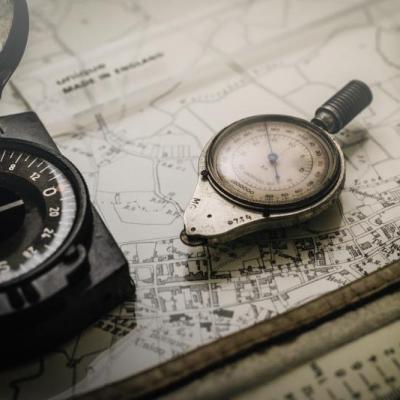
Essa rotina de pensamento ajuda os estudantes a desacelerar e a olhar atentamente para um sistema. Ao fazer isso, os jovens são capazes de situar objetos dentro de sistemas e reconhecer as várias pessoas que participam – direta ou indiretamente – de determinado sistema.
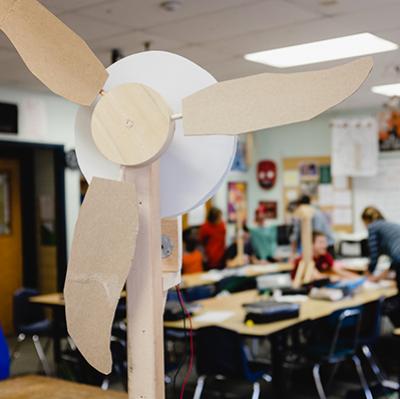
Students from King Middle School in Portland, Maine, explain the importance of looking closely in a maker-centered classroom.
Video by Alex Coppola
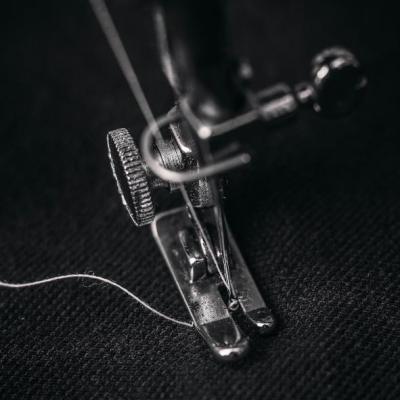
This routine encourages learners to consider the different and diverse perspectives held by the various people who interact within a particular system.
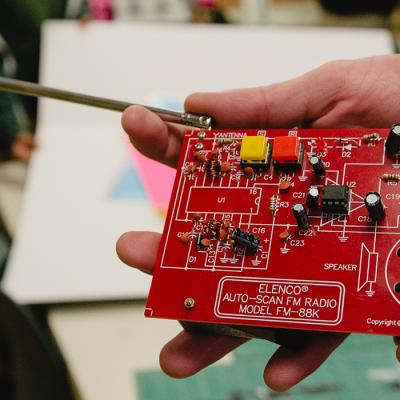
The maker movement is no doubt still trending. But what’s driving this resurgence in the inclination to make? And is it a part of a larger socio/economic shift to a shared, participatory culture?

High School technology students in Darlease Monteiro’s class use Parts, Purposes, Complexities to analyze website apps prior to designing their own.
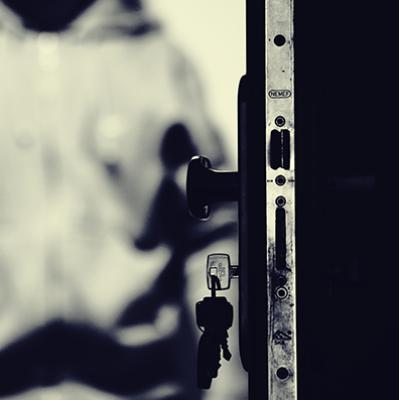
Agency by Design researcher Jen Ryan explores some of the central ideas from the framework at TEDxDirigo Generate.

This thinking routine helps learners slow down and make careful, detailed observations by encouraging them to look beyond the obvious features of an object or system. This thinking routine helps stimulate curiosity, raises questions, and surfaces areas for further inquiry.
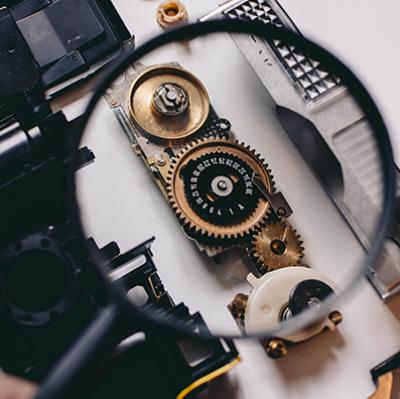
The Agency by Design Inquiry Cycle has been designed to support educators in the processes of designing, documenting, assessing, and reflecting on maker-centered learning. This tool was collaboratively developed over time, and formally prototyped with cohorts of maker educators in two locations: Oakland, California, and Pittsburgh, Pennsylvania. In this paper, Agency by Design researchers Jessica Ross and Edward P. Clapp loosely use the structure of the Inquiry Cycle to describe the iterative process of developing this tool, along with some suggested implications for practice. Throughout the piece, we share the experiences of our teacher partners as they grappled with this tool—tweaking, hacking, and remixing it—as they explored its potential for designing, documenting, assessing, and reflecting upon their work in the maker-centered classroom.